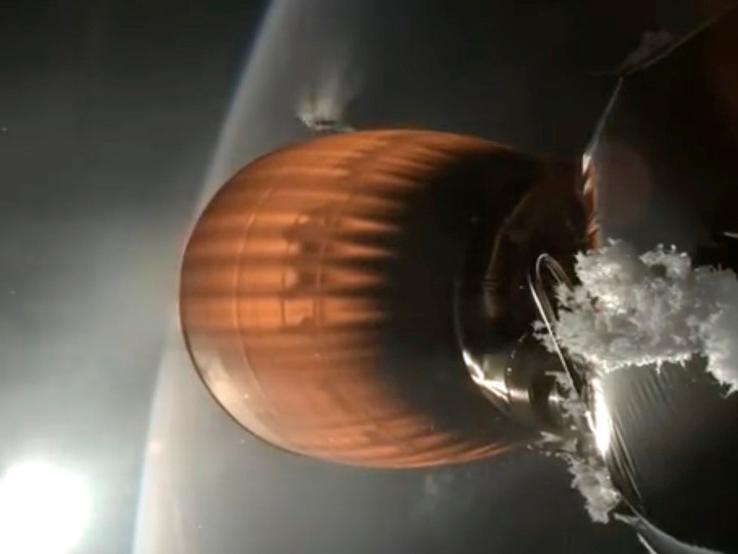In a significant advancement for space science, China and France have joined forces to launch the SVOM satellite, dedicated to exploring the mysteries of gamma-ray bursts, the most energetic events in the cosmos. The satellite, weighing 930 kilograms, was sent into orbit aboard a Chinese Long March 2-C rocket, marking a milestone in the collaboration between the two nations’ space agencies. SVOM’s mission is to detect these bursts, which are the result of either massive star explosions or the merging of stellar objects, and can release energy more than a billion times that of our sun.The satellite’s instruments, developed by engineers from both countries, will help scientists test the laws of physics in extreme conditions and study the evolution of the universe by observing light from billions of light-years away. This cooperative venture between China and France is particularly noteworthy as it represents a rare instance of Western collaboration with China in space exploration since the United States prohibited NASA from working with Beijing in 2011. The SVOM satellite’s data is expected to provide answers to fundamental questions about the universe’s composition and the dynamics of gas clouds and galaxies.
Key points
- China and France have launched the SVOM satellite to study gamma-ray bursts, aiming to understand the universe’s evolution.
- The 930 kg satellite was launched on a Chinese Long March 2-C rocket from Sichuan province, carrying instruments from both countries.
- The collaboration between China and France represents a rare instance of Western cooperation with China in space exploration.



